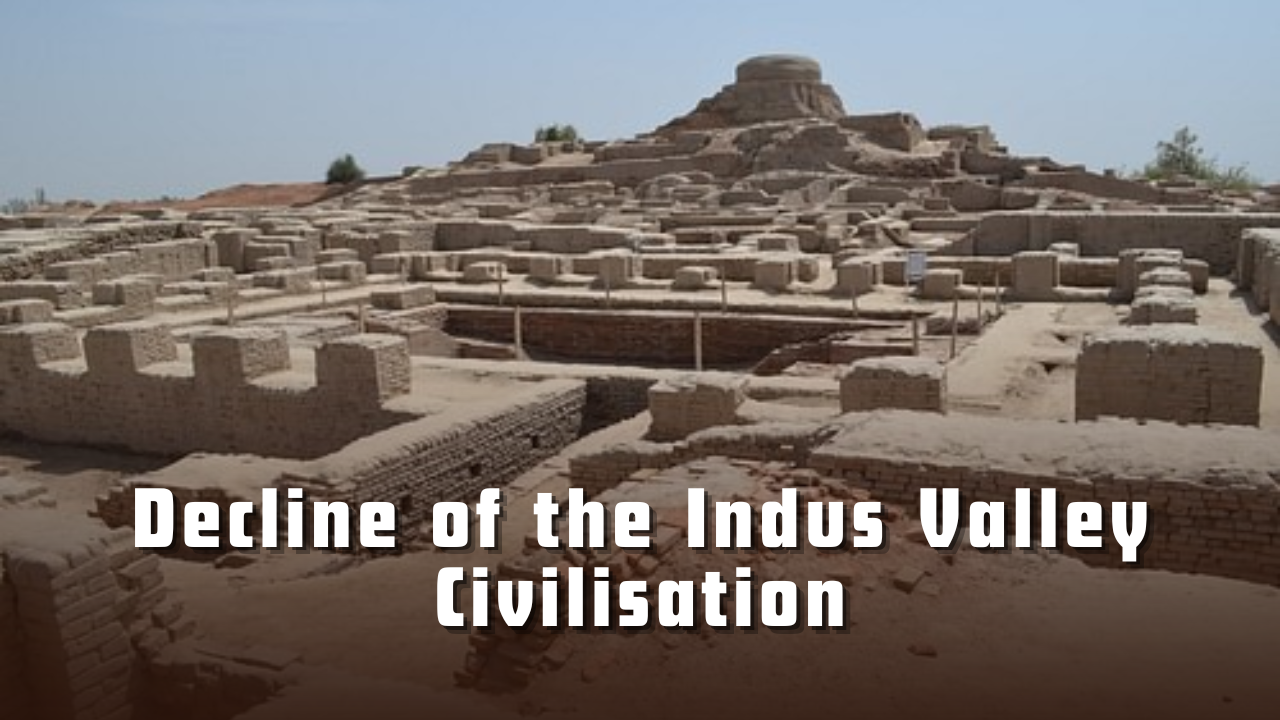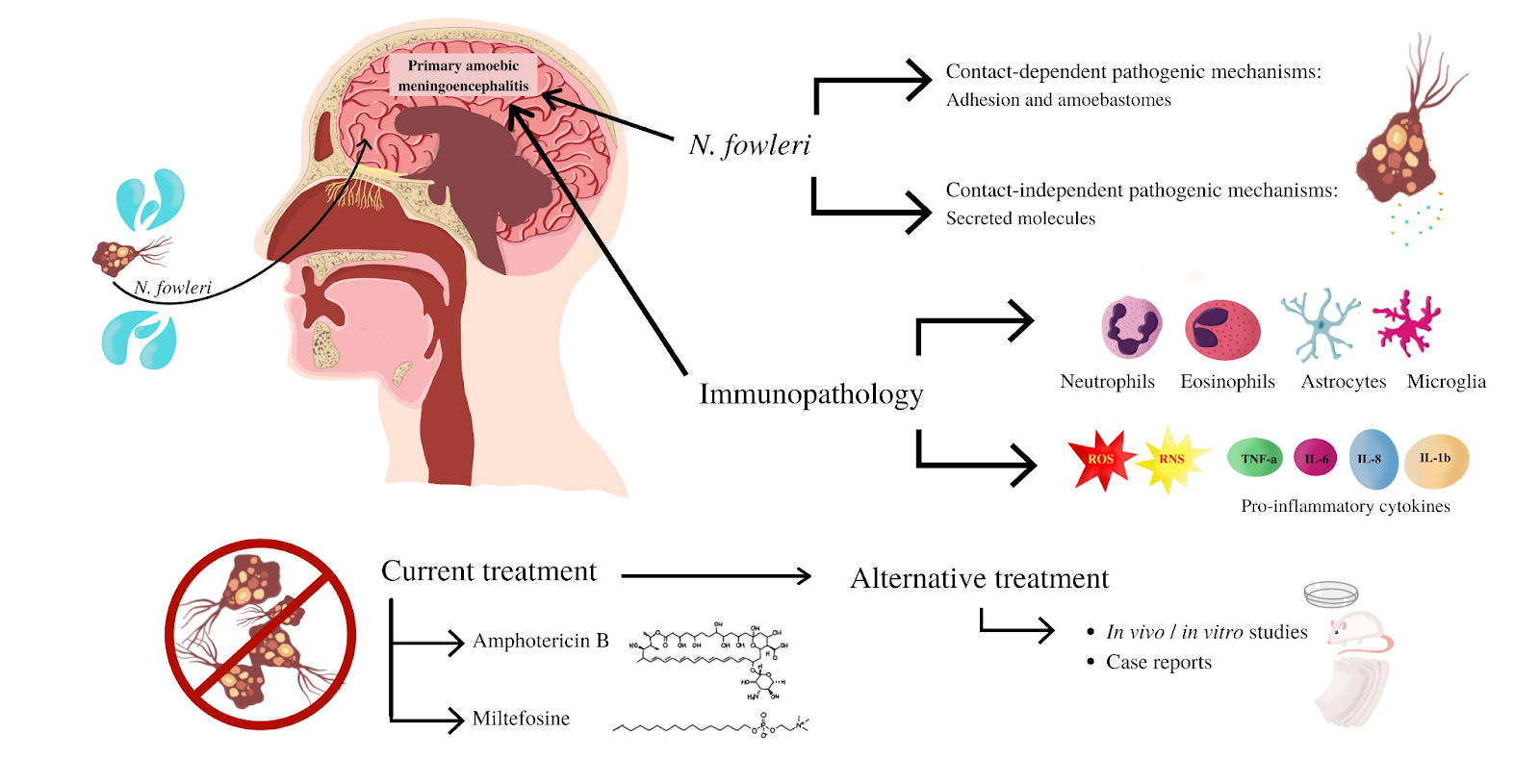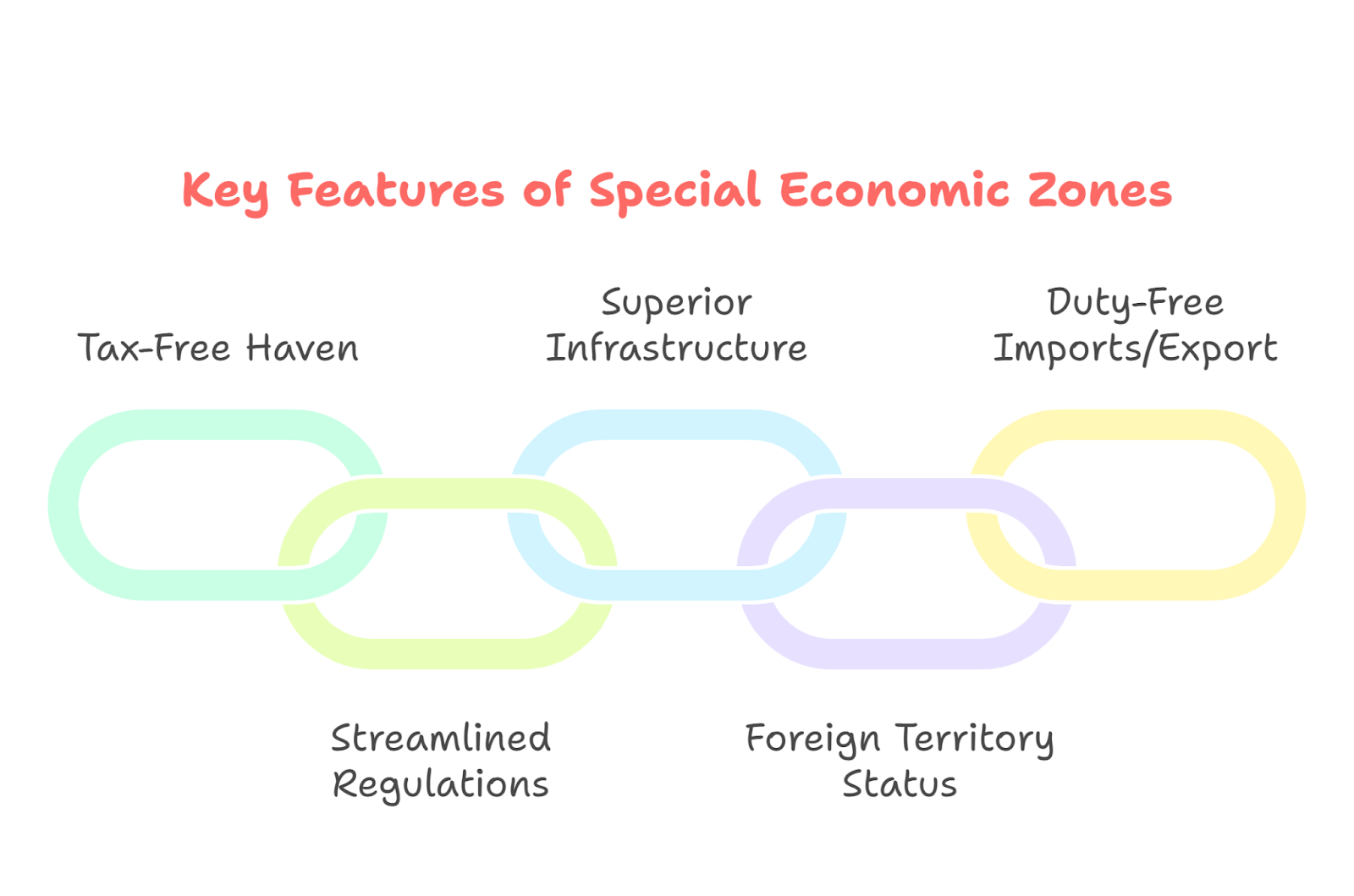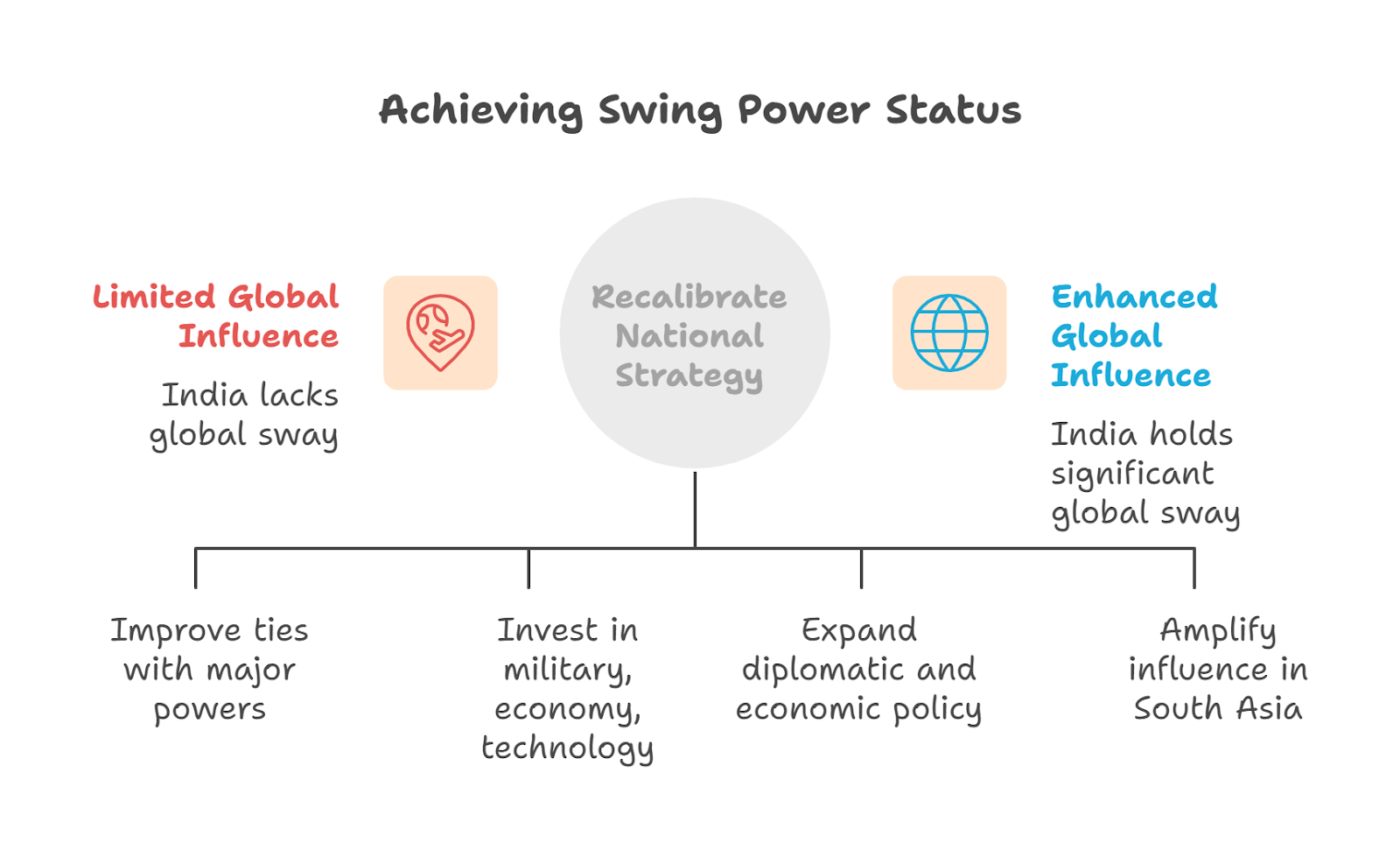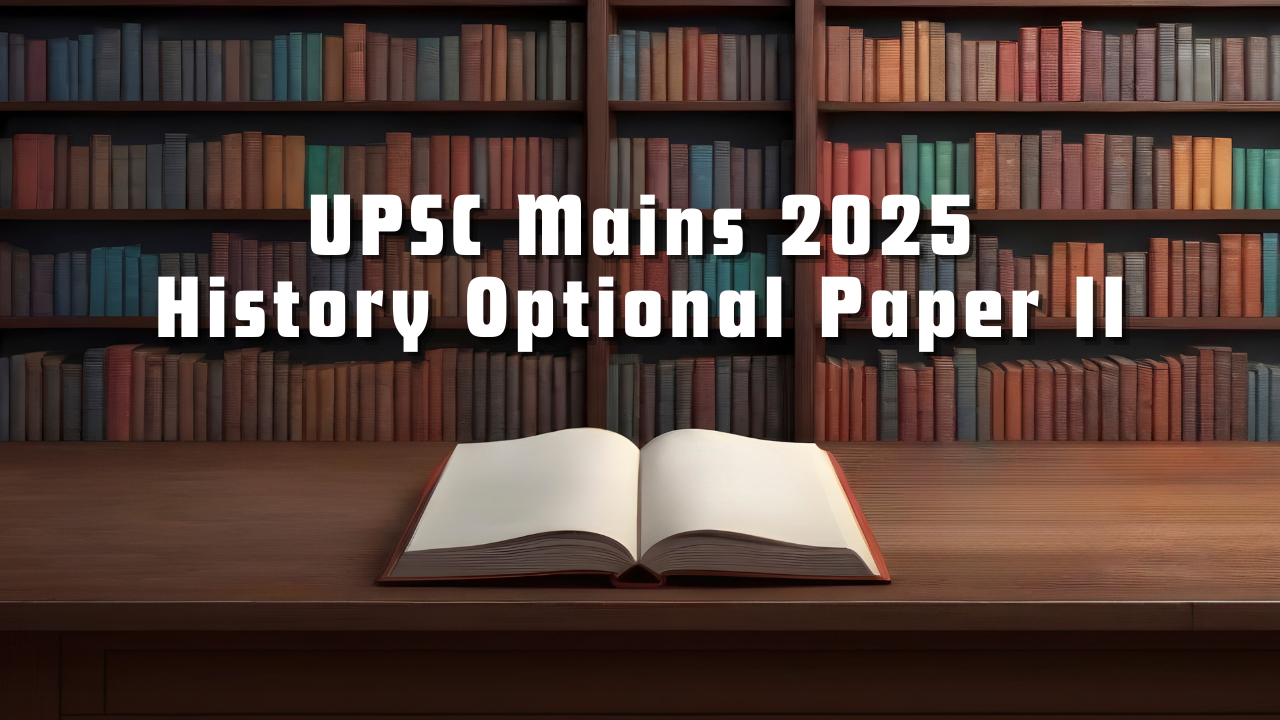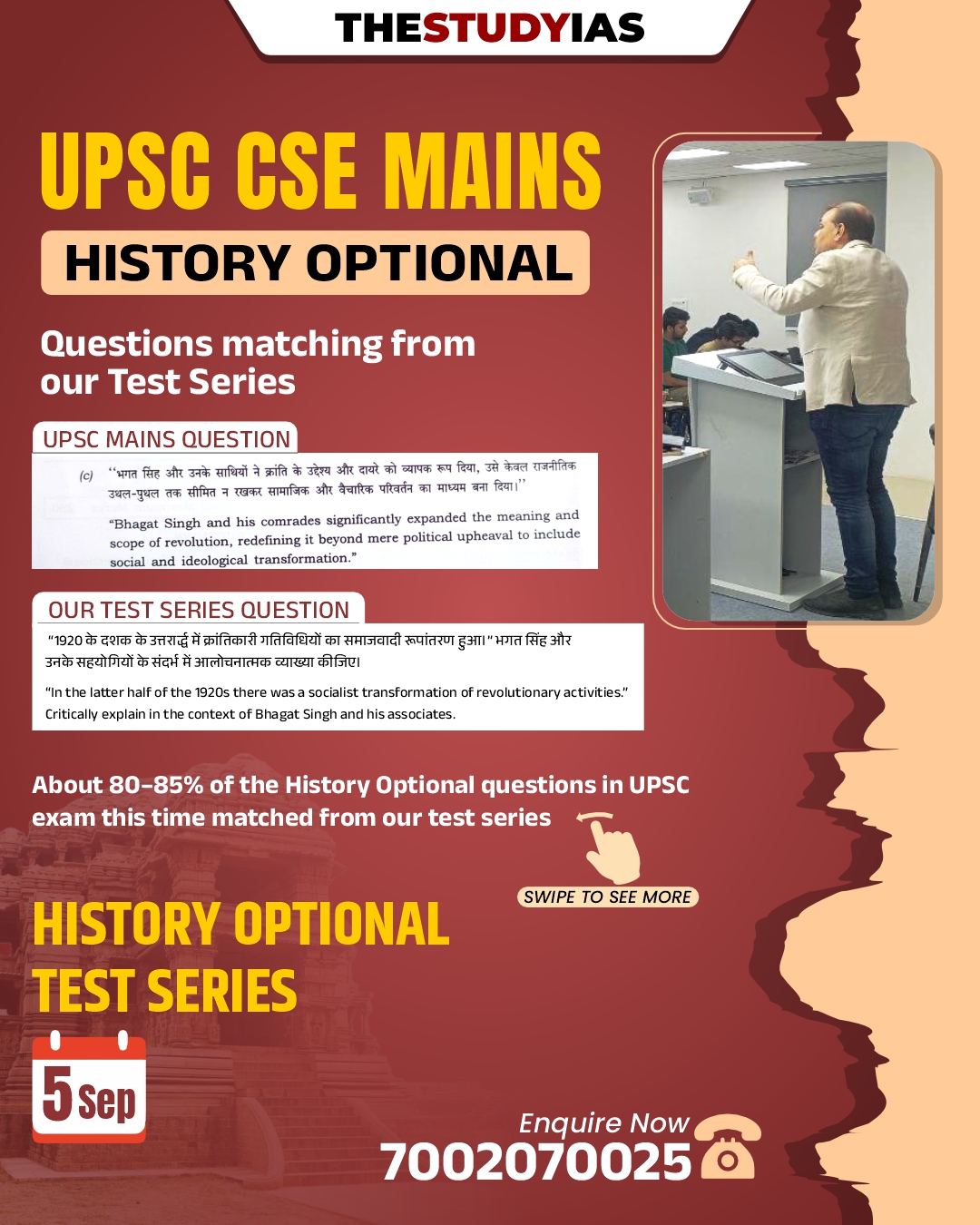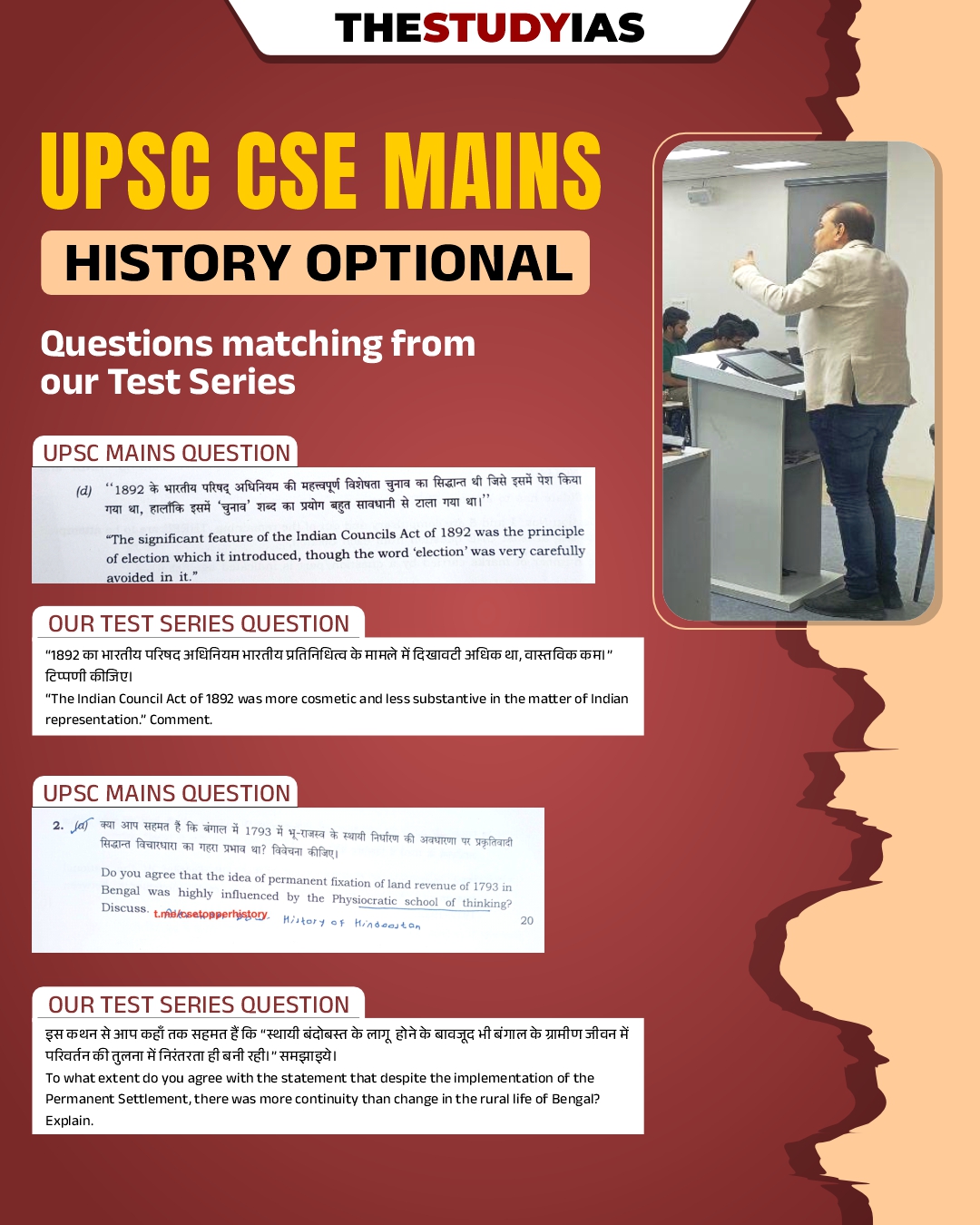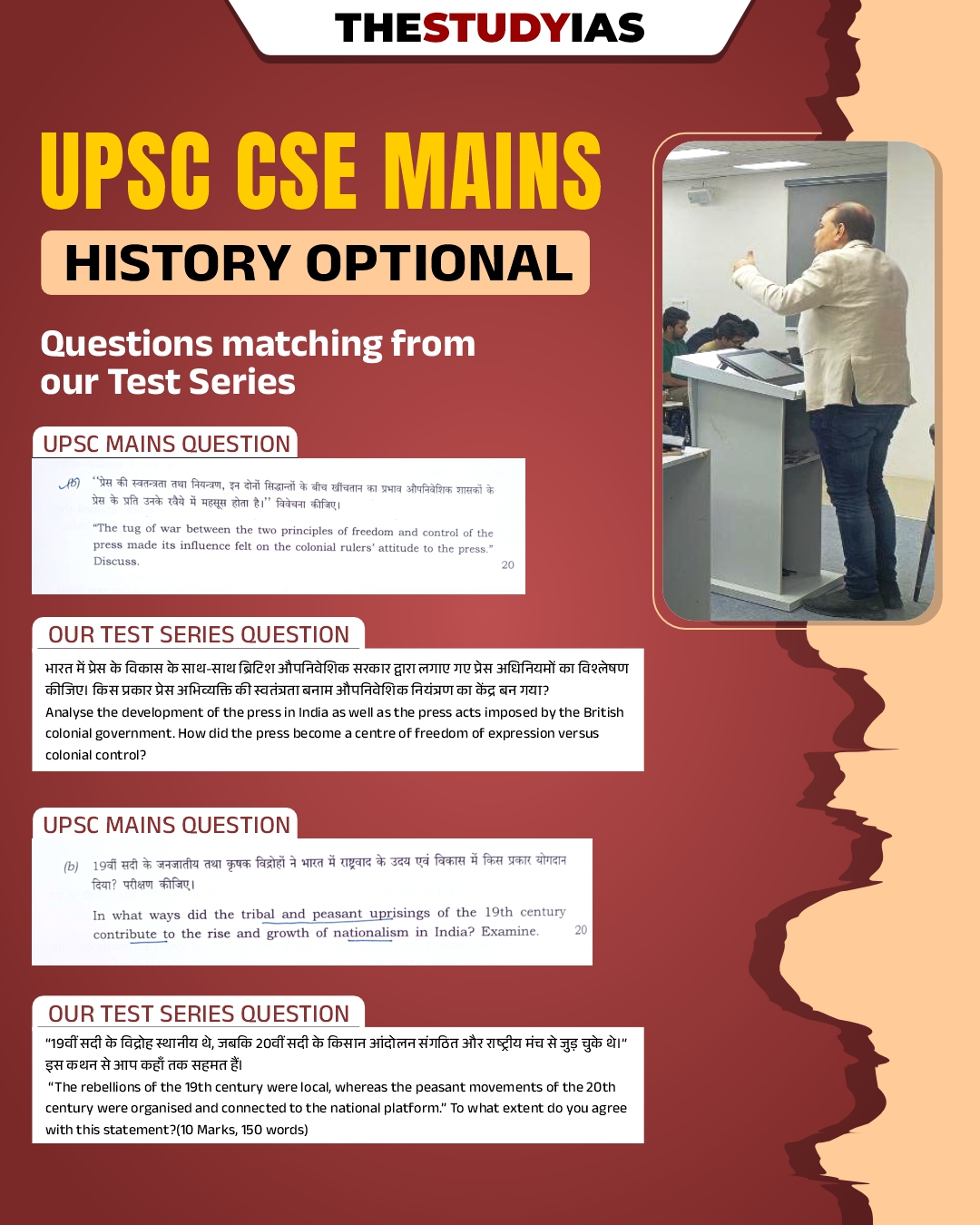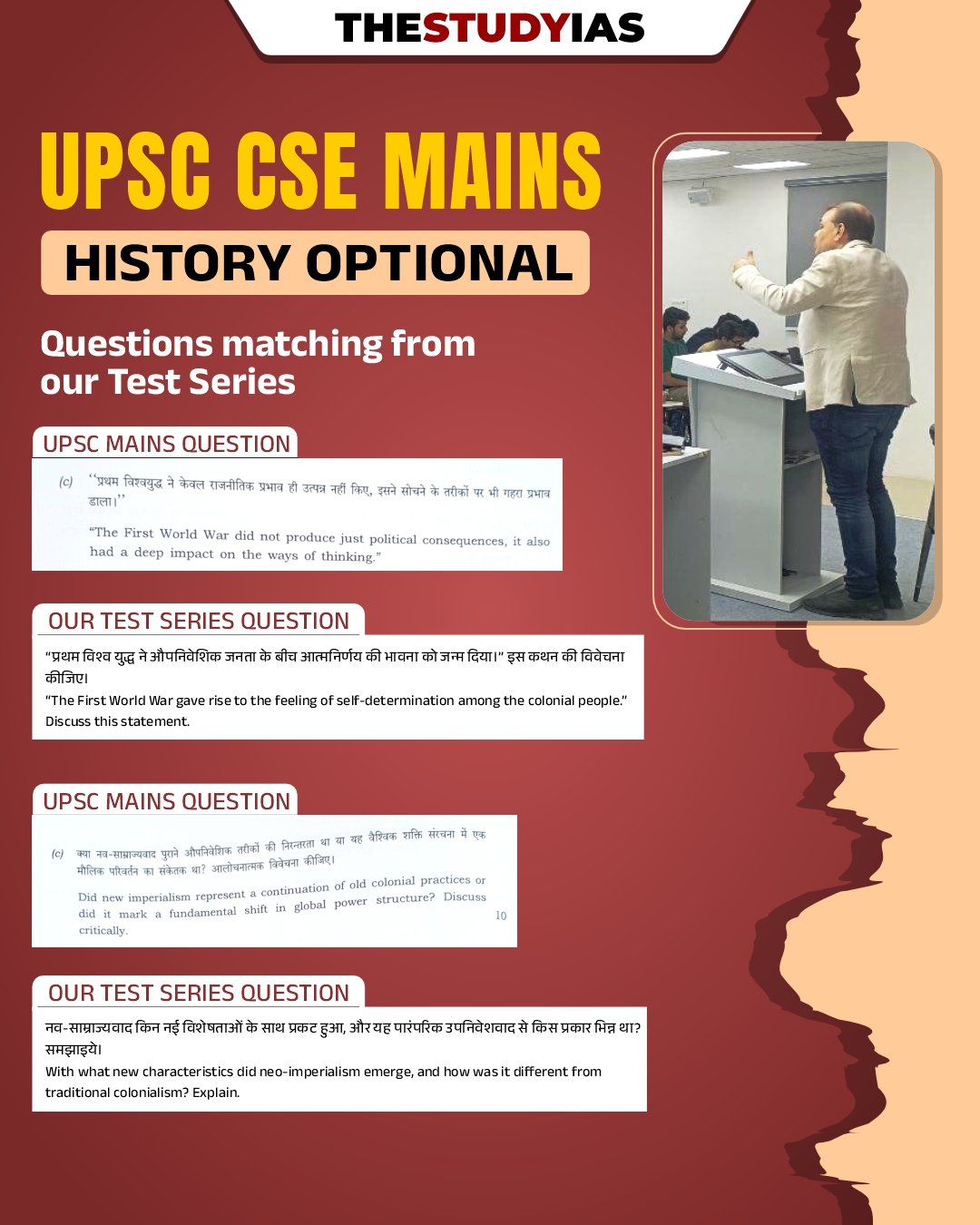Explore key theories behind the decline of the Indus Valley Civilisation—floods, river shifts, invasions, and ecological stress. Essential UPSC notes for Ancient History.

Reasons for the decline of the Indus Valley Civilisation is important for UPSC as it is a key part of the Ancient Indian History syllabus for both Prelims and Mains. It helps understand the causes behind the fall of a major urban civilisation through ecological, geographical, and cultural lenses.
The topic integrates archaeological evidence and diverse scholarly interpretations, offering scope for critical thinking and interdisciplinary connections. It is particularly relevant for Mains (GS Paper I), Essays, and Ethics papers, especially in themes related to sustainability, environmental ethics, and civilisational change. This compilation explores various theories and evidence behind the Harappan decline, aiding aspirants in building a well-rounded perspective.
Introduction :
The decline of the Indus Valley Civilisation, also known as the Harappan Civilisation, remains one of the most debated topics in ancient Indian history. Scholars have proposed a variety of theories—ranging from invasions to ecological shifts—to explain its gradual transformation. Modern scholarship now prefers to refer to this phase not as an ‘end’ but as a transformation into a different form, especially in the regions of Sindh, Gujarat, and Punjab. This blog explores major theories surrounding the decline, considering archaeological, environmental, and socio-cultural factors.
Archaeological Evidence
1. Urban Decay and Architectural Deterioration
- Major urban centres like Harappa, Mohenjo-Daro, and Kalibangan saw a progressive decline in planned construction.
- Houses were poorly constructed using old, decaying bricks, often encroaching upon roads, leading to overcrowding and chaos.
- Subdivision of courtyards with flimsy partitions suggests deteriorating living conditions and urban disorder.
- This phase (Harappan Civilisation-III) reflects a shift from organised city life to slum-like settlements.
2. Neglect and Abandonment of Public Structures
- At Mohenjo-Daro, several entrances to the Great Bath were found blocked.
- Later, prominent structures like the Great Bath and Granary fell into complete disuse, signalling functional decline.
3. Cultural and Economic Regression
- Late levels at Mohenjo-Daro show a significant reduction in:
- Sculptures and figurines
- Beads and bangles
- Inlay work and other crafts
- This indicates a decline in artistic expression and trade-related prosperity.
4. Drastic Shrinking of Urban Space
- The city of Mohenjo-Daro, once spread over 85 hectares, shrank to just 3 hectares before final abandonment.
5. Arrival of Cemetery H Culture
- Harappa reveals signs of a new cultural group with distinctive burial practices and non-Harappan pottery.
- This is associated with the Cemetery H culture, indicating cultural transition and population movement.
6. Decline in Other Settlements
- Decline wasn’t isolated—similar patterns were observed in Kalibangan and Chanhudaro:
- Buildings of power and religious ideology were falling into disrepair.
- Items associated with prestige and social status became scarce.
7. Abandonment of Urban Centres
- Eventually, prominent cities like Harappa and Mohenjo-Daro were completely abandoned.
Changes in Settlement Patterns and Population Movement
8. Evidence from the Bahawalpur Region
- The settlement study shows a steep decline along the Hakra River:
- From 174 settlements (Mature Harappan) to just 50 (Late Harappan).
- Suggests that the core Harappan region was steadily depopulating over the last 200–300 years of the civilisation.
9. Migration to Peripheral Regions
- While the core triangle of Harappa–Bahawalpur–Mohenjodaro declined, new settlements grew in:
- Gujarat, East Punjab, Haryana, and Upper Doab.
- Indicates mass migration from urban cores to outlying areas due to climatic, economic, or political factors.
10. Transformation of Life in Peripheral Zones
- Life continued in Gujarat, Rajasthan, and Punjab, but with major cultural shifts.
- Hallmark features of Harappan culture such as:
- Script,
- Standardised weights,
- Typical Harappan pottery, and
- Architectural uniformity
had disappeared, signalling civilisational transformation.
Chronological Context and Historical Uncertainty
11. Approximate Date of Decline
- Urban abandonment is roughly dated to around 1800 BCE.
- This aligns with Mesopotamian records, where ‘Meluhha’ (likely the Indus region) disappears from mention by 1900 BCE.
12. Uncertainty in the Timing of Collapse
- It’s still unclear whether the collapse was simultaneous or staggered across sites.
- However, the de-urbanisation of settlements and city abandonment clearly indicate the decline of the Harappan Civilisation.
Theories of the Sudden Decline of the Harappan Civilisation
Scholars have proposed various explanations for the sudden decline of the Harappan civilisation. While some believe in a dramatic collapse due to natural calamities, others attribute it to ecological or socio-political factors. Prominent theories include:
I. Proposed Causes of Decline
- Massive Flooding:
Recurrent and severe floods, especially in Mohenjo-Daro, may have led to the collapse of urban life. - River Shifts and Drying:
The gradual drying or shifting of rivers like the Ghaggar-Hakra possibly disrupted agriculture and trade. - Invasions by Foreign Tribes:
Some theories suggest that external invaders (possibly Aryans) attacked and destroyed Harappan cities. - Ecological Exhaustion:
The increasing demands of urban centres may have caused ecological imbalance, making the region unsustainable.
II. Theories
1. Floods and Earthquakes
Floods and Waterlogging As the invasion theory weakened, attention shifted to environmental causes. Scholars like John Marshall and S.R. Rao pointed to flood evidence from Mohenjo-daro and Lothal. M.R. Sahni proposed that these were not normal floods but the result of tectonic uplifts, causing water stagnation. American hydrologist R.L. Raikes supported this theory. However, H.T. Lambrick argued that floodwaters would have found alternative outlets even with tectonic disruptions. This led scholars to consider the opposite scenario—water scarcity.
A. Archaeological Evidence of Flooding
- Excavations at Mohenjodaro reveal layers of silt and collapsed structures, indicating repeated flooding.
- After each flood, residents rebuilt homes and streets over the debris of earlier layers.
- This cycle of destruction and reconstruction appears to have occurred at least three times.
- The vertical accumulation of occupation layers spans about 70 feet, suggesting long-term habitation with intermittent flooding.
- Silt deposits up to 80 feet high point to extremely high flood levels, eventually leading to desertion of the city.
B. Raikes’ Hypothesis (Flood and Earthquake Theory)
- R.L. Raikes, a hydrologist, argued that the floods were not due to normal river overflow.
- He proposed that earthquakes caused the uplift of the Indus floodplain, blocking river flow to the sea.
- This resulted in ponding of the Indus waters, submerging cities like Mohenjodaro under rising floodwaters.
- Former Harappan port sites such as Sutkagendor, Sutkakoh, and Balakot are now located inland, suggesting tectonic uplifts.
- These geological changes likely occurred during the second millennium BCE, disrupting trade networks and contributing to urban decline.
Criticisms of the Flood and Earthquake Theory
- Objections by H.T. Lambrick:
- Natural dams unlikely to hold: Even if an earthquake caused a bund, the massive Indus River flow would soon breach it.
- Example: The 1819 Sindh earthquake created a swell that was breached by the first flood of the Nara, a smaller Indus stream.
- Silt deposits misinterpreted: Silt may have accumulated through normal deposition in the riverbed, not necessarily due to flooding.
- Natural dams unlikely to hold: Even if an earthquake caused a bund, the massive Indus River flow would soon breach it.
- Limited Scope of Explanation:
- The theory fails to account for the decline of Harappan sites outside the Indus region, such as those in Gujarat and Punjab.
2. Shifting of the Indus River—Lambrick’s Theory
Lambrick also suggested that the diversion of the Indus River played a crucial role in Mohenjo-daro’s decline. Similarly, the disappearance of the Ghaggar River (believed to be the ancient Saraswati) likely contributed to the downfall of Kalibangan. The shift of tributaries like the Sutlej and Yamuna away from the Ghaggar weakened the river’s flow, affecting settlements dependent on its waters.
- Lambrick attributes the decline of Mohenjo-Daro to the shifting course of the Indus River.
- The Indus, being an unstable river, is believed to have shifted about 30 miles away from the city.
- This led to a shortage of water, forcing the inhabitants and nearby farming communities to abandon the area.
- The silt deposits in Mohenjo-Daro are seen as results of wind action and crumbling structures, not floods.
Criticism:
- This theory explains only the abandonment of Mohenjo-Daro, not the overall decline of the Harappan civilisation.
- If people were used to river shifts, they could have resettled elsewhere.
- Indicates that other factors likely contributed to the broader collapse.
3. Increased Aridity & Drying of Ghaggar-Hakra—Theory by D.P. Agarwal & Sood
Climatic Change and Human Mismanagement Indian scholars such as Vishnu-Mittre and Gurdeep Singh have highlighted climate change and environmental degradation. Vishnu-Mittre cited deforestation and overexploitation of resources as contributing factors. He used examples like Histora village in Jaipur to show how human interference led to harsher climatic conditions. Singh analysed pollen remains from Rajasthan’s lakes and demonstrated a gradual decrease in rainfall over time.
- The theory suggests that climatic changes and increasing aridity caused the decline of the civilisation.
- Based on studies from the USA, Australia, and Rajasthan, the region became drier by the mid-2nd millennium BCE.
- Even slight reductions in moisture could disrupt agriculture and urban economies in semi-arid zones.
- The Ghaggar-Hakra River, a major water source, dried up due to tectonic disturbances.
- The Sutlej was diverted to the Indus.
- Yamuna shifted east to join the Ganges.
- The drying of the Ghaggar crippled settlements in the region.
Criticism:
- The onset of arid conditions is not precisely dated.
- The drying of the Ghaggar-Hakra lacks definitive chronological evidence.
- The theory is incomplete without further data.
4. Aryan Invasion—Wheeler’s Hypothesis
One of the earliest explanations came from British archaeologist Mortimer Wheeler, who attributed the civilisation’s fall to the Aryan invasion. He cited 26 skeletons with weapon wounds at Mohenjo-daro and the ‘Cemetery H’ culture in Harappa as evidence. He even linked Vedic references such as ‘Harupia’ and ‘Purandar’ to Harappa and Indra’s attacks respectively. However, subsequent research has debunked this theory. Skeletal evidence is inadequate to confirm a violent end, and Rigvedic references are neither contemporaneous nor conclusive. Moreover, the 300–400 year gap between the civilisation’s decline and the arrival of the Vedic Aryans casts serious doubt on Wheeler’s assumptions.
- Wheeler believed that Aryan invasions led to the destruction of Harappan cities.
- Skeletons found in Mohenjo-Daro suggest a massacre.
- The Rigveda refers to battles with Dasas and Dasyus, and describes Indra as Purandara (destroyer of forts).
- Mentions of a battle at Hariyupiya, near the Ravi River, are linked to Harappa by Wheeler.
Criticism:
- The Harappan decline is dated to around 1800 BCE, while Aryans arrived around 1500 BCE – no chronological overlap.
- No clear archaeological evidence of military invasions or widespread violence.
- The skeletons could be due to local raids, not full-scale invasions.
- The cities were already decaying, which the invasion theory does not account for.
5. Fairservis’s Ecological Theory
Fairservis and other researchers have attributed the decline to ecological imbalance and growing population pressure. Increasing demands on natural resources and a lack of technological innovation may have forced urban populations to migrate to rural or peripheral areas. Archaeological evidence shows a sudden rise in settlements in regions like Gujarat, indicating a demographic shift.
- Scholar Fairservis linked the decline of the Harappan civilisation to ecological imbalance.
- He estimated that large cities like Mohenjo-Daro (population ~35,000) required vast food supplies.
- Based on modern village patterns (80% for local use, 20% for trade), many villages were needed to support cities.
- Population growth led to overuse of natural resources.
- Forests were cleared for fuel and land; overgrazing degraded grasslands.
- This caused shortages of food, fuel, and fodder, disturbing ecological balance.
- Environmental degradation resulted in more frequent floods and droughts.
- The land’s reduced capacity to support life forced people to migrate to regions like Gujarat and eastern India.
- Decline in town planning and living standards reflects economic stress from ecological strain.
- Fairservis’s theory is considered one of the more credible explanations for Harappan decline.
Criticism :
- The theory is based on limited and speculative data about ancient population and agricultural patterns.
- The long-term fertility of Indian soils contradicts the idea of complete soil exhaustion.
- Without more concrete evidence, the theory remains hypothetical.
6. DK Chakrabarty’s Theory of Urban-Rural Imbalance
Recent theories by D.K. Chakrabarty argue that the Harappan urban model was artificially imposed on rural, underdeveloped societies. Over time, this imbalance led to the weakening of the urban core. As the civilisation expanded eastward and southward, it could not sustain its original urban form, ultimately succumbing to the dominance of local, non-urban communities.
7. Composite View: Internal and External Imbalances
The decline cannot be pinned on a single cause. It is more accurate to view it as a combination of factors disrupting the equilibrium of urban life. Internal issues like declining agricultural surplus and disrupted trade were compounded by external environmental shifts like floods, droughts, and river changes. The absence of new agricultural innovations further contributed to stagnation.
Conclusion
The decline of the Indus Valley Civilisation was neither abrupt nor singular in cause. Rather than viewing it as an invasion-led collapse, it is now recognised as a long-term process involving environmental, social, and economic transformations. The so-called ‘decline’ marks the end of urban Harappan life, not the disappearance of its culture, which persisted in transformed forms across north-western India. Understanding this process-oriented decline helps appreciate the complexity and resilience of one of the world’s earliest urban civilisations.
Subscribe to our Youtube Channel for more Valuable Content – TheStudyias
Download the App to Subscribe to our Courses – Thestudyias
The Source’s Authority and Ownership of the Article is Claimed By THE STUDY IAS BY MANIKANT SINGH
